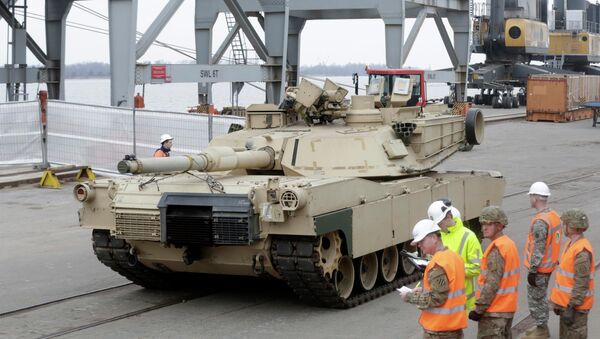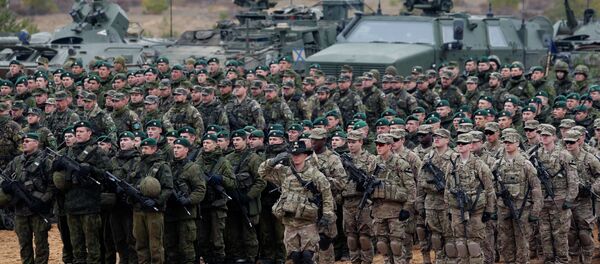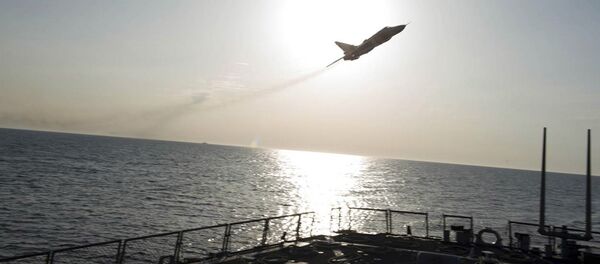Russian military experts warn, however, that the deployment of NATO battalions in Poland and the three Baltic republics would ratchet up the already heightened tensions between NATO and Russia.
“NATO’s worries about Russia’s alleged ‘aggression,’ which often border on panic, are absolutely unfounded,” Lt.-Gen Valery Zaparenko, the former Deputy Chief of Operations of the Russian General Staff, told Gazeta.ru. “Moscow is not going to fight with NATO, neither is it going to invade Poland or the Baltic countries. To deploy four NATO battalions there will just be a waste of taxpayers’ money because from a military standpoint, you can’t defend NATO with just four battalions.”
At the summit in Warsaw on July 8, the Alliance approved the deployment of additional multinational units in Poland and the Baltic states citing Russia's alleged interference in the conflict in eastern Ukraine and the Eastern European countries’ concerns about Crimea’s 2014 reunification with Russia as justification for the move.
“It is international terrorism, not Russia, which is the biggest threat NATO and the European Union are facing today,” Lt.-Gen Gennady Makarov, the General Staff’s ex-Chief of Operations, noted, adding that for NATO to look for an enemy in the east of the European continent “makes no sense at all.”
General Pavel spoke about the planned deployment of four NATO battalions following the meeting of the NATO leaders in Croatia's Split this weekend.
“With these four battle groups, we are not talking exclusively about a training presence. This force is to serve as a deterrent and if necessary as a fighting force. The rules will be different,” he told The Wall Street Journal, adding that some units would be arriving earlier.
“The imagined Russian military threat is exactly what the Baltic countries are trying to sell the US and the EU on. As for Russia, it has two things to worry about in relations with the Baltic states – the ethnic Russian minority living there and the so-called Kaliningrad transit. The local Russian-speakers have long been integrated into local society and do not want any conflicts,” Remizov said.
Not so with the Kaliningrad transit, which is fraught with a serious confrontation, he added.
“The infrastructure now being prepared for the four NATO battalions is meant to keep up the current tensions, but hardly to start any direct military conflict between us,” Remizov said in conclusion.
The battle groups of the four NATO battalions will be arriving at different times in the first half of 2017.
The 1,000-strong US contingent will come from the 2nd Cavalry Regiment based in Vilseck, Germany, and is scheduled to arrive in Poland by April, US officials told the newspaper.
Since 2014, NATO has been building up its military presence in Europe, especially in Eastern European countries neighboring Russia, using Moscow’s alleged interference in the Ukrainian conflict as a pretext.
Moscow has repeatedly denied the claims and warned NATO that the military buildup on Russia’s borders is provocative and threatens the existing strategic balance of power.






